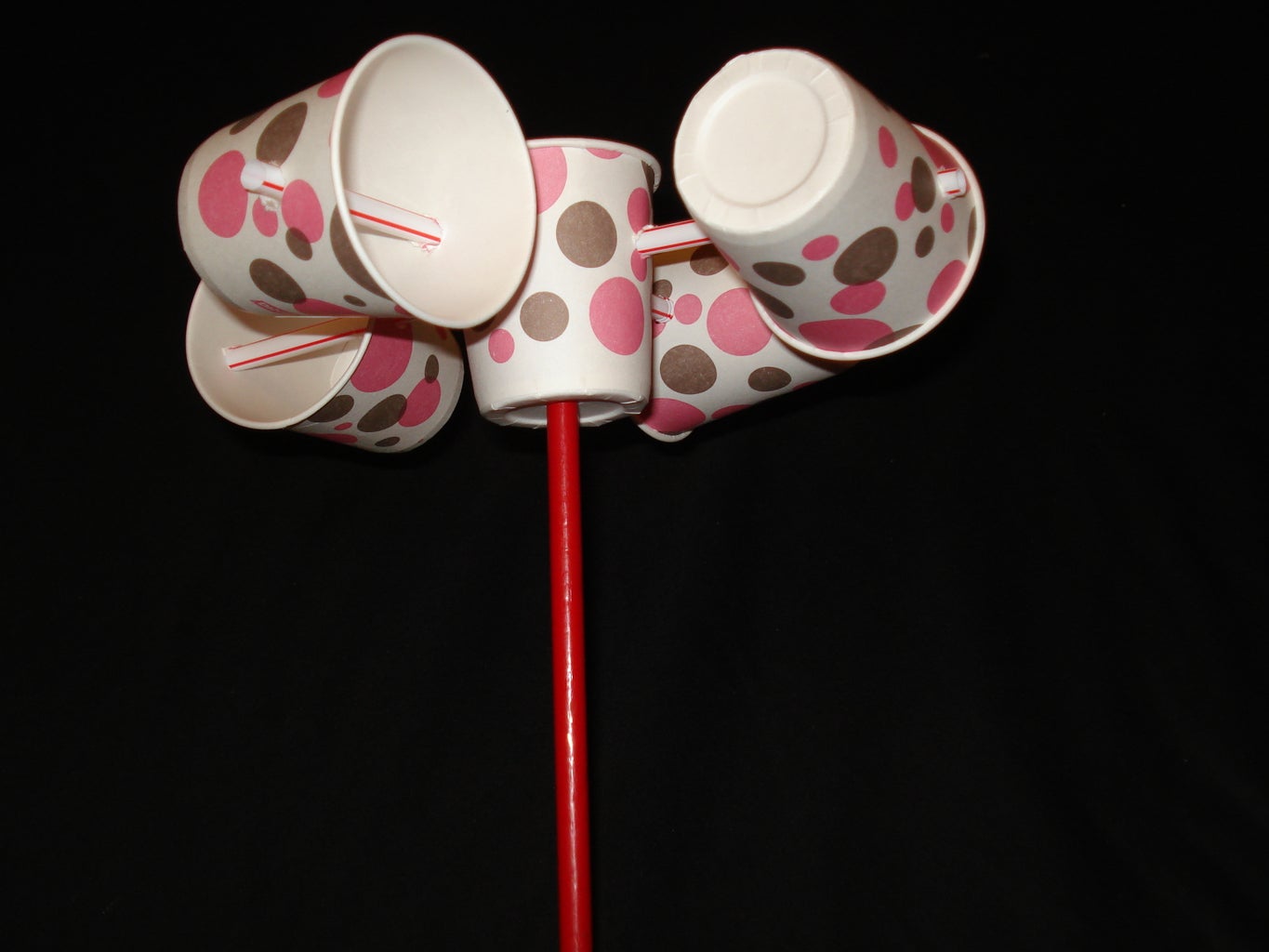Top Attributes to Look for in an Effective Anemometer for Accurate Wind Measurement
Top Attributes to Look for in an Effective Anemometer for Accurate Wind Measurement
Blog Article
All You Need to Know Concerning Anemometers: Exactly How They Function, Why They Matter, and Where to Use Them
Anemometers, however frequently neglected in the realm of clinical tools, play an important role in numerous fields, supplying useful understandings into wind speed and air movement patterns. Understanding the technicians behind these gadgets is necessary for any person seeking to harness the power of this data. From meteorologists tracking weather condition patterns to engineers making structures with wind loads in mind, the applications of anemometers are varied and far-ranging. As we look into the details of anemometer innovation, we will uncover the internal functions of these tools, their importance, and the crucial factors to consider when choosing the best anemometer for certain applications.

Anemometer Fundamentals
A vital tool made use of to gauge wind speed and direction, the anemometer plays a critical role in weather forecasting and different industries. An anemometer usually contains 3 or 4 mugs that revolve in the wind, a vane that aims into the wind, and sensors to track the turnings or movements. By computing the rotations or activities over a details period, the anemometer can establish wind rate. The vane assists establish wind direction by aiming right into the wind, providing beneficial information for climate forecasting, aeronautics, maritime operations, ecological surveillance, and wind power applications.
There are different kinds of anemometers readily available, including mug anemometers, vane anemometers, hot-wire anemometers, and sonic anemometers, each with its special attributes and applications. Cup anemometers are typically utilized for fundamental wind speed dimensions, while vane anemometers are chosen for directional dimensions.
Principles of Anemometer Operation
Building on the foundational understanding of anemometer fundamentals, the principles of anemometer operation elucidate the auto mechanics behind wind speed and instructions dimensions. Cup anemometers, for circumstances, have three or more mugs that catch the wind, causing them to spin much faster as the wind rate increases. Hot-wire anemometers count on a heated cable that cools down as wind passes over it, with the price of cooling identifying the wind speed.
Importance of Anemometers
Anemometers play a critical duty in measuring wind speed and instructions, providing essential data for weather projecting, climate researches, environmental tracking, and aviation procedures. Meteorologists rely on anemometers to gather exact wind data, assisting them comprehend climate patterns, forecast storms, and concern prompt warnings to the public. Wind ranch drivers make use of anemometers to analyze wind problems and make best use of electrical energy manufacturing from wind generators.
Applications Across Various Industries
In the eco-friendly power field, anemometers play a vital duty in evaluating wind conditions for wind farm positionings, making certain optimal energy production. Industries like building and mining use anemometers to keep track of wind speeds, vital for safety and security methods, specifically when working at heights or in open-pit mines where strong winds can pose hazards. In agriculture, anemometers help farmers in handling crop splashing by supplying real-time information on wind speed to avoid drift.

Choosing the Right Anemometer for Your Requirements
For basic functions, a cup anemometer is appropriate for determining wind speed, while a vane anemometer offers wind direction data. Hot-wire anemometers are optimal for reduced airspeed measurements, and ultrasonic anemometers offer high precision and resilience.

Conclusion
In final thought, anemometers play a crucial duty in measuring wind rate and instructions across different sectors. It is important to think about the relevance of anemometers in order to make informed choices when choosing the most appropriate gadget for gauging wind conditions.
There are different types of anemometers offered, consisting of mug anemometers, vane anemometers, hot-wire anemometers, and sonic anemometers, each with its unique features and applications. Mug anemometers are generally used browse around this site for basic wind speed measurements, while vane anemometers are favored for directional measurements. Hot-wire anemometers are appropriate for reduced airspeeds, and sonic anemometers are ideal for high-precision measurements in study and commercial setups.Structure on the fundamental understanding of anemometer basics, the principles of anemometer operation elucidate the auto mechanics behind wind speed and direction dimensions. For basic functions, a mug anemometer is appropriate for determining wind rate, while a vane anemometer offers wind direction data.
Report this page